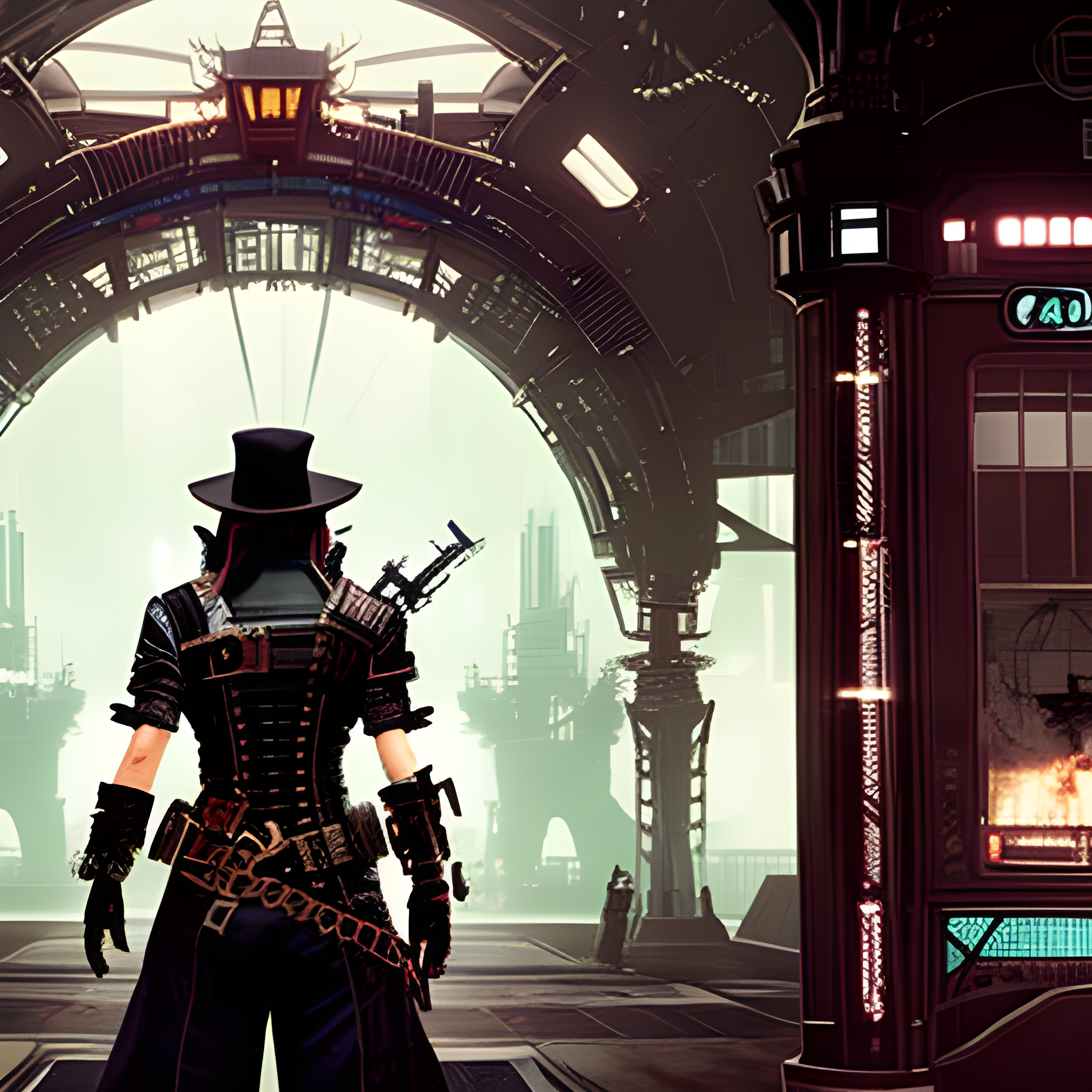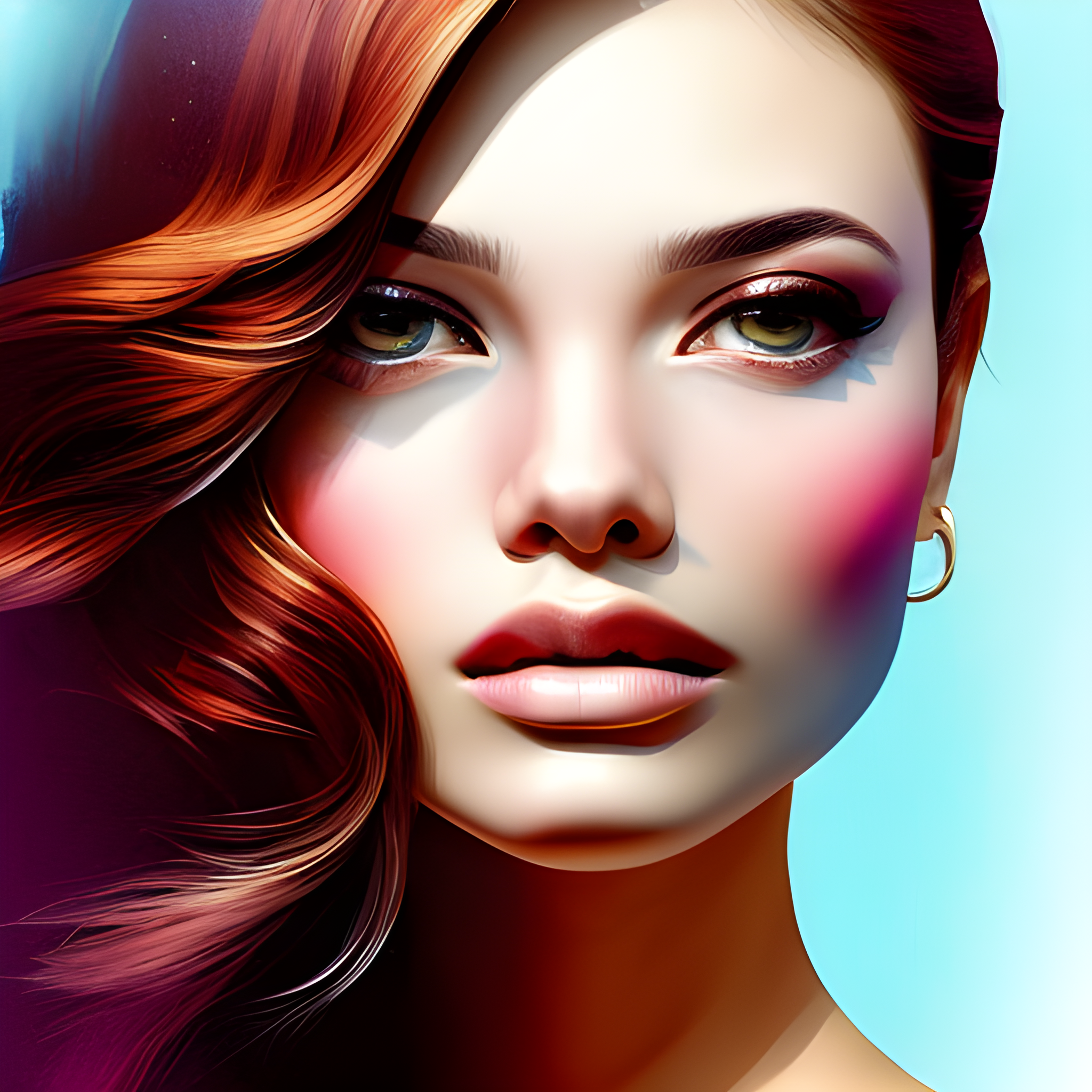license: creativeml-openrail-m
tags:
- text-to-image
Voyage: Let's explore unexplored sea of AI Art
What is Voyage?
Voyage is basically a text to image model developed by Muhammadreza Haghiri and it is based on weights from Stable Diffusion version 2.0 and Midjourney version 4. This model helps creative people turn their ideas to artwork for free (in any sense of the word free).
How to use voyage with diffusers lib
Installing needed libraries
!pip install --upgrade git+https://github.com/huggingface/diffusers.git transformers scipy ftfy accelerate
Importing required libraries, functions and classes
These following libraries, functions and classes used by me in order to test the model. Feel free to add more of your need or remove unnecessary ones!
from diffusers import StableDiffusionPipeline, EulerDiscreteScheduler, DiffusionPipeline, DPMSolverMultistepScheduler
import torch
Setting up the model and scheduler
In order to get results like what I got, you have to set euler scheduler up. This is how you can get it:
model_id = "openvoyage/voyage-v1"
scheduler = EulerDiscreteScheduler.from_pretrained(model_id, subfolder="scheduler")
pipe = StableDiffusionPipeline.from_pretrained(model_id, scheduler=scheduler, torch_dtype=torch.float16)
pipe = pipe.to("cuda")
but if you need DPMS scheduler, you can use this line as well:
scheduler = DPMSolverMultistepScheduler.from_pretrained(model_id, subfolder="scheduler")
Inference
prompt = "ultra realistic illustration of a young beautiful woman, intricate, elegant, sharp focus, smooth edges"
negative_prompt = ""
prompt = f'<voyage> style {prompt}'
image = pipe(prompt=prompt, negative_prompt=negative_prompt, num_inference_steps=25, width=512, height=512, guidance_scale=10).images[0]
and in order to save your images, you can use image.save() method and have it in PNG format.
Colab notebook
This github repository belongs to the responsible colab notebook of the model.



